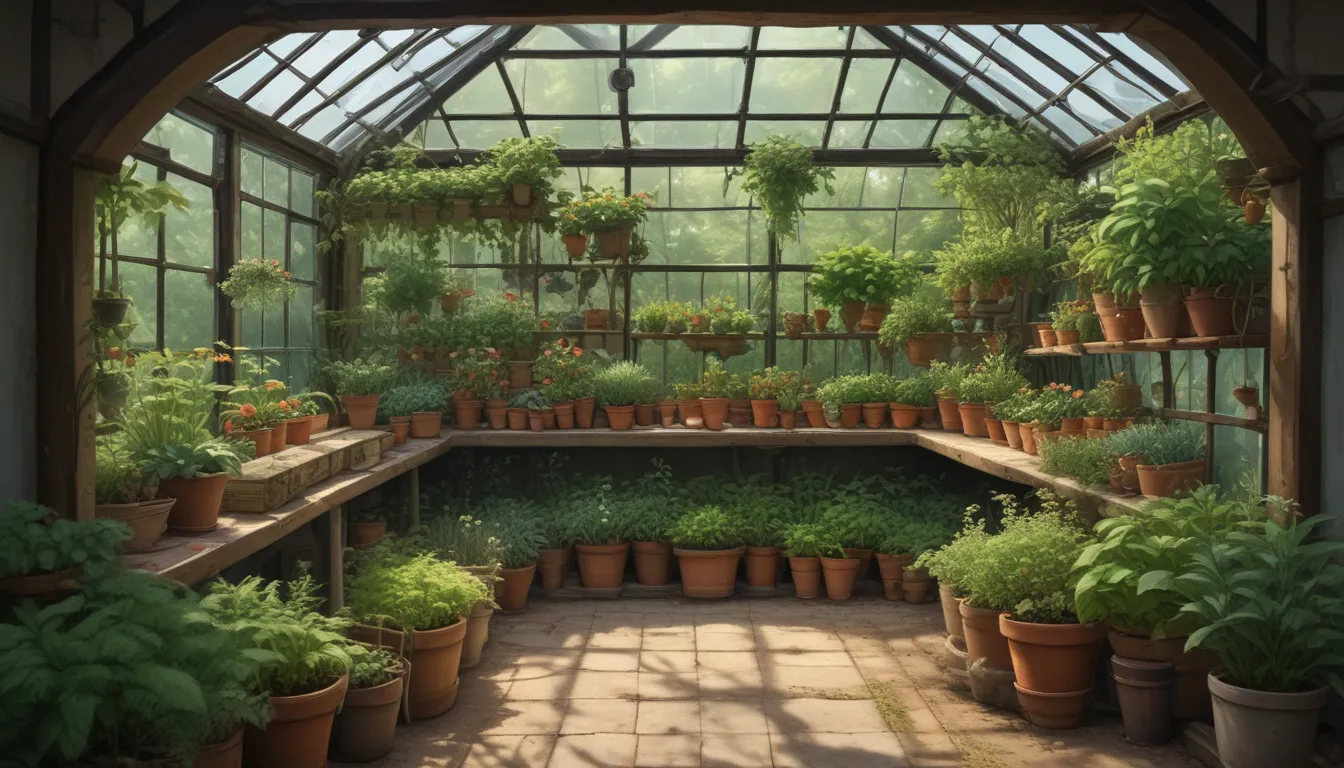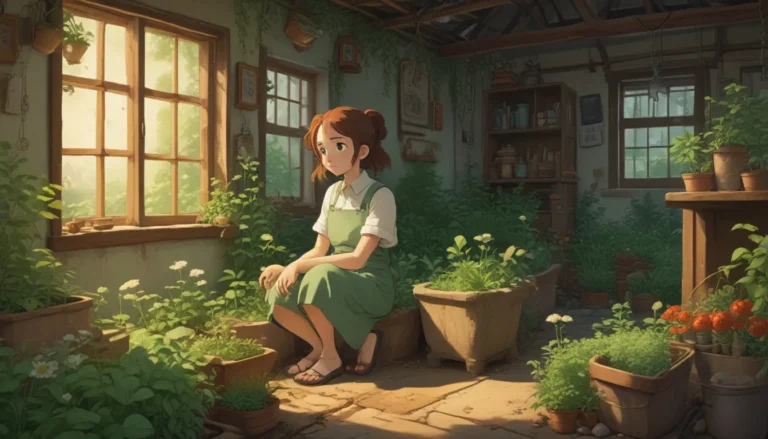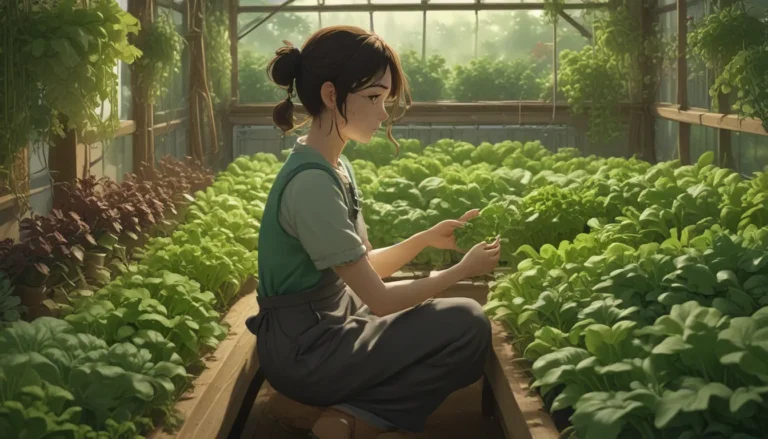How to Successfully Overwinter Plants in a Cold Frame

Do you want to extend your growing season or provide frost protection for your plants without the cost or space requirements of a greenhouse? A cold frame might be the perfect solution for you. In this comprehensive guide, we will delve into all you need to know to get started successfully overwintering your plants in a cold frame.
What You’ll Learn
- Cold Frames 101
- Benefits of Overwintering Plants in a Cold Frame
- Location and Construction
- How to Overwinter Plants in a Cold Frame
Cold Frames 101
A cold frame operates similarly to a greenhouse by trapping sunlight to elevate the internal ambient temperature by around 5 to 10°F. These structures are smaller and rely solely on sunlight and maybe additional coverings, making them simple and effective for overwintering plants.
The transparent lid of the cold frame allows light to penetrate, creating a miniature greenhouse effect. Glass or thick plastics are commonly used for glazing materials to allow sunlight to reach the plants inside. The sides of the cold frame can be constructed from wood, concrete, masonry, or metal.
Benefits of Overwintering Plants in a Cold Frame
Extend the Growing Season
A cold frame offers the opportunity to extend the growing season by providing warmth that tricks plants into continuing growth even during the dormant season. This can result in extended blooms or additional vegetable harvests.
Provide Frost Protection
Protect your plants from sudden frosts by keeping them warm and cozy within the cold frame. Prevent damage to your crops caused by ruptured cell walls due to frost with the added protection of a cold frame.
Provide Physical Protection
Apart from extreme temperatures, cold frames act as a protective shield against environmental stressors like wind, precipitation, and pests. Keep your plants safe and thriving under the shelter of a cold frame.
Location and Construction
Carefully selecting the location of your cold frame is crucial for its effectiveness. Position the lid towards the south to maximize winter sunlight and provide windbreaks to the north and west of the structure. Ensure well-draining soil and avoid placing the cold frame in a low spot to prevent water accumulation.
When constructing your cold frame, choose a size that fits your space and needs. Materials like wood, concrete, metal, or masonry can be used for the frame. Wood is popular due to accessibility and ease of use, but other materials offer greater longevity and durability.
The lid of the cold frame should be made from glass, fiberglass, or polyethylene film to allow light penetration. Ensure proper insulation to maintain consistent temperatures and prevent water pooling on the lid. Reflective paint on the interior sides can enhance light distribution within the cold frame.
How to Overwinter Plants in a Cold Frame
Transition your plants to the cold frame as temperatures drop below their hardiness range. Monitor the internal temperatures to ensure they remain within optimal ranges for plant growth. Adjust ventilation by opening or closing the lid as needed to regulate temperature and airflow.
Regularly check moisture levels and water your plants accordingly. When temperatures stabilize within the preferred range, your plants can be moved back outside to continue growing.
Using a digital thermometer can help you monitor temperature fluctuations and maintain ideal conditions for your plants. Adjusting lid position, covering with insulating materials, and regular watering are key components of successful overwintering in a cold frame.
Embrace the Benefits of Cold Frames
Overwintering plants in a cold frame offers a cost-effective, portable solution for extending the growing season and protecting your plants from frost. Mastery of temperature control and maintenance is key to successful overwintering. Constructing and utilizing a cold frame can improve your gardening skills and provide ample opportunities for extended plant growth.
Share your cold frame stories and questions in the comments below. For additional information on greenhouses and cold frames, explore our related guides:
- Avoid the Most Common Greenhouse Mistakes with These Tips
- How to Grow Plants Year-Round in an Unheated Greenhouse
- How to Use a Cold Frame for Fall Gardening
- 35 of the Best Crops for Your Winter Greenhouse
Remember, a cold frame is a valuable addition to any garden, offering a gateway to year-round plant growth and protection. Experiment with different plants and techniques to maximize the benefits of this versatile structure.





